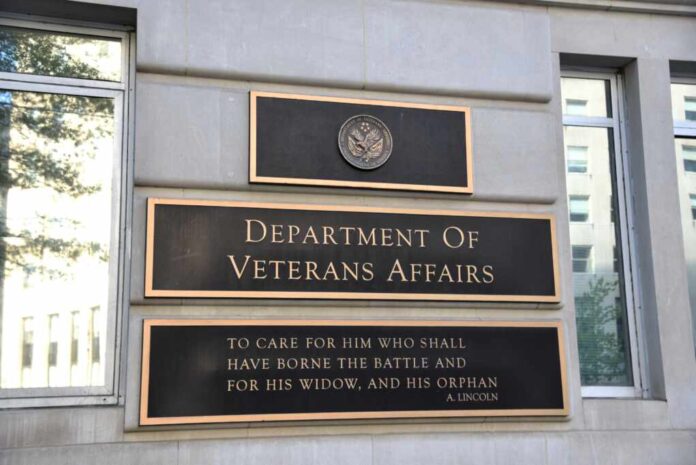
America’s veterans are facing longer waits and declining care as VA hospitals report the worst staffing shortages in years.
Story Snapshot
- The VA Office of Inspector General reports a 50% surge in severe staffing shortages across VA medical centers in 2025, marking the highest level since 2018.
- Essential positions—doctors, nurses, psychologists, and police officers—are critically understaffed, raising alarms about quality and access to care for over 9 million veterans.
- Federal workforce reduction plans, initially targeting 80,000 jobs, have been scaled back but still threaten the VA’s service capacity.
- VA officials and lawmakers clash over the reliability of self-reported shortages and the true impact on veterans’ healthcare.
Watchdog Report Reveals Unprecedented Staffing Crisis at VA Hospitals
The Department of Veterans Affairs Office of Inspector General (OIG) released its 2025 report citing an alarming 4,434 severe occupational staffing shortages—a 50% increase from the previous year. Nearly every Veterans Health Administration (VHA) facility surveyed struggled to fill key clinical and non-clinical roles. This shortage is the largest since 2018 and comes as workforce reduction initiatives and federal efficiency mandates reshape the VA’s ability to provide timely, high-quality care to America’s veterans.
The OIG’s findings are based on self-reported data from all 139 VHA medical centers, collected through a nationwide survey conducted between March and April 2025. The positions most affected include medical officers (94% of facilities), nurses (79%), psychologists (57%), and even police officers (58%), highlighting gaps that directly threaten both patient care and facility security. The report arrives amid ongoing public debate and rising frustration among veterans and their families who depend on these services.
Watchdog: VA Hospitals Finding It Harder to Fill Jobs https://t.co/nJObB9J50q
— ConservativeLibrarian (@ConserLibrarian) August 13, 2025
Chronic Shortages Meet New Federal Cuts
Chronic staffing issues have troubled the VA for more than a decade, but the current crisis coincides with a federal push to reduce government spending. Recent plans originally aimed to eliminate 80,000 VA jobs, later revised to 30,000 after bipartisan outcry. Unions and advocacy organizations caution that even these revised cuts will deepen staff shortages, leading to longer wait times, increased burnout, and potential safety risks—not just for veterans, but for employees as well.
The VA is the nation’s largest integrated healthcare system, serving over 9 million veterans. Persistent recruitment and retention challenges, especially in rural and underserved areas, have been compounded by bureaucratic hiring processes and pay disparities compared to the private sector. Legislative attempts to address the crisis, such as waiving veterans’ preference for certain positions, have had limited success. The result is a system struggling to fulfill its mission amid mounting pressure and heightened scrutiny from Congress, veteran groups, and the public.
Watch: Every V.A. medical center in U.S. has severe staffing shortages: Report
Broader Impact and Urgent Need for Solutions
For veterans and their families, these shortages translate into longer waits, reduced access to specialized care, and increased risk of adverse outcomes. VA employees face mounting workloads and stress, while communities served by VA facilities experience the ripple effects of diminished healthcare access. Economic pressures—from overtime costs to contract labor—exacerbate the situation, and political battles over funding and oversight continue to shape the future of veteran care. As the debate intensifies, the need for transparent data, effective workforce policies, and a renewed commitment to America’s veterans has never been more urgent.
Despite differences in interpretation, all credible sources agree on the unprecedented scale of the current staffing crisis. With federal oversight and public scrutiny at an all-time high, the enduring question remains: Will policymakers act decisively to restore the VA’s capacity to serve those who sacrificed for the nation, or will bureaucratic inertia and misplaced priorities continue to undermine care for America’s heroes?
Sources:
CBS News
WTVR/AP
VA OIG Official Report
California Legion News

























